French architectural works in Hue are mostly concentrated on the southern bank of the Perfume River, with a construction history of up to a hundred years, located in prime locations and being used by agencies, units and organizations. However, through the stages of development, many works have been "demolished" with regret. There are a number of works that were formerly office headquarters that are being abandoned and there will be works that continue to be redundant in the process of relocating units to centralized administrative areas, implementing the streamlining of the apparatus. This reality requires the city to have a comprehensive, multi-faceted assessment of the existing French architectural fund to select and add to the list of typical French architectural works, building a legal corridor to protect, exploit and use effectively. VNA reporters introduce a series of 3 articles on the topic "Preserving typical French architectural works in the urban space of Hue heritage".
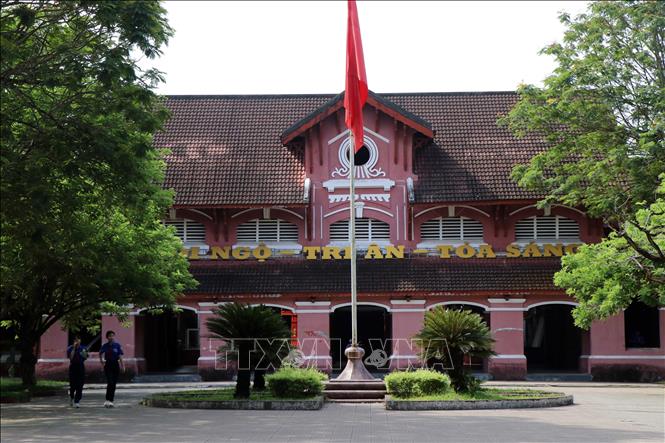
Hai Ba Trung High School is one of the typical French architectural works in Hue city. Photo: Do Truong/VNA
Typical works in the heart of heritage urban areas
Formed in the late 19th and early 20th centuries, French architectural works in Hue are an important highlight in the urban appearance of this heritage city. The unique, modern features of each work blend with the antiquity of Hue Citadel, natural landscape and local culture, contributing to creating a treasure trove of cultural and architectural heritage typical of Hue.
The process of forming French architectural works
The ancient capital of Hue during the French colonial period was planned and built systematically and scientifically . Each colonial architectural work has a unique style, diverse in type and decorative art. After more than 100 years of existence, this architecture is still in use, becoming a valuable cultural, historical and aesthetic heritage.
According to researchers, since the end of the 19th century, along with the establishment of French colonial power, the appearance of Hue city has undergone many important changes. If the area on the northern bank of the Perfume River, Hue Citadel still plays the role of the center of power of the Nguyen Dynasty; then on the southern bank of the Perfume River, a new urban area gradually formed, often called "French urban space" or "Western Quarter". An urban area bearing the mark of Western architecture with many public, administrative, commercial, educational and villa buildings, reflecting the urban planning and management strategy of the colonial government.
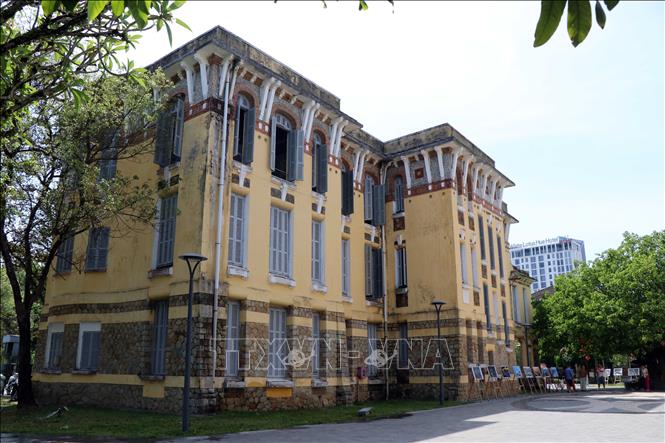
Two French-style buildings at 23-25 Le Loi Street along the Perfume River have become a space for books and Hue culture. Photo: Do Truong/VNA
Going back in history, based on the Treaty of Giáp Tuất on March 15, 1874 signed between the Nguyễn Dynasty and France, the court ordered the construction of a diplomatic mission south of the Hương River. This project began in April 1876 and was completed in July 1878. This is considered the first French project on Lê Lợi Street - known as the "Western Quarter" in Huế at that time. The Central Region Embassy (La Résidence supérieure L'Annam) is located in the campus of today's Huế Pedagogical University, the capital of the colonial regime in Central Vietnam, which controlled the activities of the Vietnamese monarchy.
After the Giáp Thân Treaty of 1884 (also known as the Patenotre Treaty signed on June 6, 1884), especially after the fall of the capital Hue (1885), France forced the Nguyen Dynasty to build more structures to meet operational needs. Many structures were formed, concentrated in areas on the southern bank of the Perfume River from Dap Da to Hue station, then continued to expand along the An Cuu River and the southern area. Meanwhile, the French almost kept intact the royal architecture and indigenous architecture in the northern bank of the Perfume River, which showed respect for the overall architecture of the Hue Capital.
Chairman of the Hue City Historical Science Association Phan Tien Dung commented that when designing and constructing, French architects ensured harmony between nature and architecture, not creating a conflict with the establishment of parks along the river, roads, flower gardens, and lawns creating cool green landscapes. The works have a high foundation design, adapting to the climate and weather in Hue, solid construction structure, surrounding corridors, and roof systems extending outward. With limited height and gradually decreasing towards the riverbank, the construction density is not dense, showing that planners and designers have respected the values of the ancient urban area. French architectural works have shown the uniqueness of the construction structure, richness of architectural types, and decorative art lines, contributing to the value of the heritage city of Hue.
In addition, Hue at this time also had many villas and monasteries built on some main streets, and villas were also formed in Bach Ma resort.
French architectural pieces in the urban heritage picture
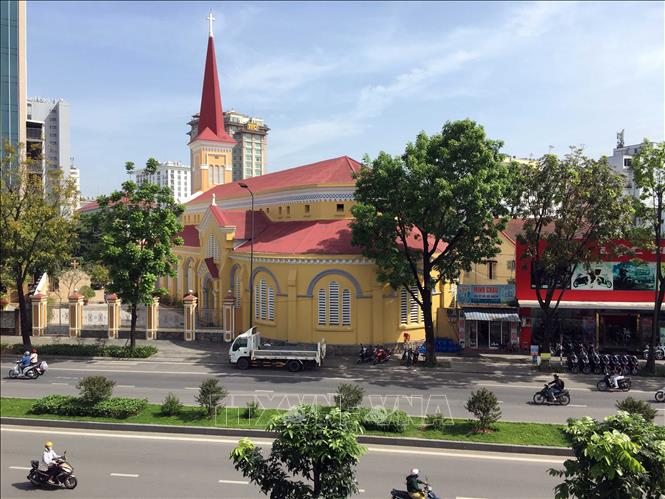
Phanxico Church is one of the typical French architectural works of Hue city. Photo: Do Truong/VNA
In Hue, the French colonial architectural fund is not as massive as in Ho Chi Minh City, Hanoi or Da Lat, but it contributed to creating a new appearance for Hue city in the early 20th century, and was the planning and aesthetic support for Hue to spread to the South in the following periods. The French architectural works in Hue have enriched urban life, and are important highlights creating the appearance of the cultural city.
Over time, affected by natural disasters and fierce war periods, many French architectural works in Hue are still fortunate to exist today, many of which have become cultural and historical symbols of the city such as: Hue National School, Hue Railway Station, churches, Catholic chapels, hotels...
Dr. Nguyen Ngoc Tung, Faculty of Architecture, Hue University of Sciences, said that French-style architectural works in Hue were built very systematically and followed the architectural principles in urban planning. French-style buildings in Hue were built in 6 architectural styles including: pre-colonial architecture, classical/neoclassical, French local, Art Deco, Indochina and other architectural styles. With the richness of architectural types and styles, these works not only reflect a typical urban historical period under the French colonial period but also contain important cultural and artistic values.

The headquarters of the Hue City Union of Literature and Arts Associations on Phan Boi Chau Street has strong French architecture. Photo: Do Truong/VNA
According to many researchers, the works planned and built in the late 19th and early 20th centuries south of the Perfume River showed respect for the overall architecture of the Hue Capital. In particular, the planning of architect Raoul Desmaretz in 1933 made adjustments to the location, function, aesthetics, and sanitary conditions of the construction systems.
“The planning and division of the Perfume River into two parts with separate functions is also structured similarly to the Seine River in France, dividing Paris into two areas, one is where cultural, historical and ancient architectural works are concentrated, the other is the administrative, commercial and trading area”, Chairman of the Hue City Historical Science Association Phan Tien Dung shared.
Two architects Nguyen Vu Minh and Nguyen Van Thai, Faculty of Architecture (Hue University of Sciences) commented that French architectural planners have promoted and respected the local elements of Hue urban areas. The new urban spatial structure does not seem to encroach on the Imperial City area, the North-South traffic system is pushed to one side and goes around this area. This new spatial component structure is also established based on the characteristics of Hue urban spatial terrain, the fundamental factor contributing to this harmony is the Perfume River, considered the main axis governing the behavior in terms of urban structural shaping, creating a harmony between the old and the new. The Perfume River landscape area is also a buffer zone for the preservation of the Imperial City area, palaces, mausoleums, traditional villages with the development of new urban areas on the basis of the development of the Western Quarter. The French colonial urban architecture in Hue has contributed to diversifying the form of heritage urban space.
Source: https://baotintuc.vn/van-hoa/bao-ton-cac-cong-trinh-kien-truc-phap-tai-hue-bai-1-nhung-cong-trinh-tieu-bieu-trong-long-do-thi-di-san-20250522103431738.htm





![[Photo] Cat Ba - Green island paradise](/_next/image?url=https%3A%2F%2Fvphoto.vietnam.vn%2Fthumb%2F1200x675%2Fvietnam%2Fresource%2FIMAGE%2F2025%2F12%2F04%2F1764821844074_ndo_br_1-dcbthienduongxanh638-jpg.webp&w=3840&q=75)

![[Photo] 60th Anniversary of the Founding of the Vietnam Association of Photographic Artists](/_next/image?url=https%3A%2F%2Fvphoto.vietnam.vn%2Fthumb%2F1200x675%2Fvietnam%2Fresource%2FIMAGE%2F2025%2F12%2F05%2F1764935864512_a1-bnd-0841-9740-jpg.webp&w=3840&q=75)
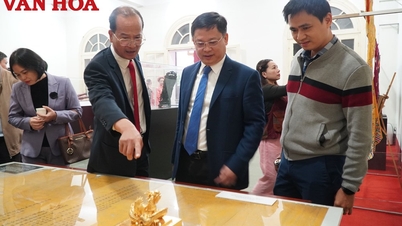

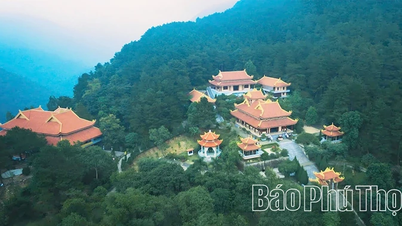

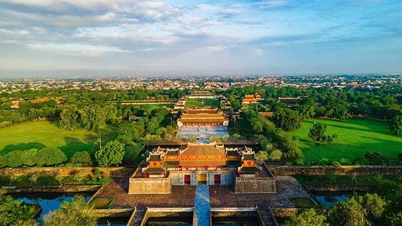
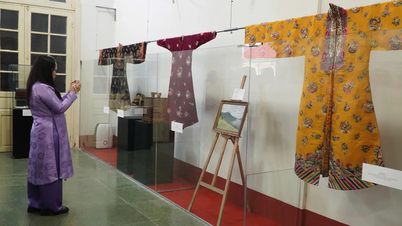

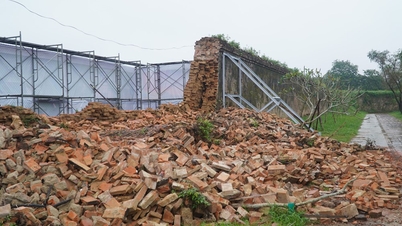





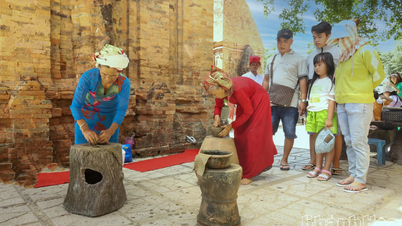



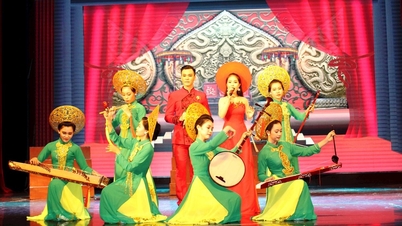






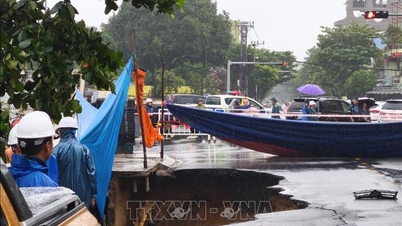

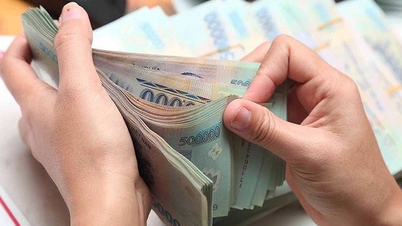

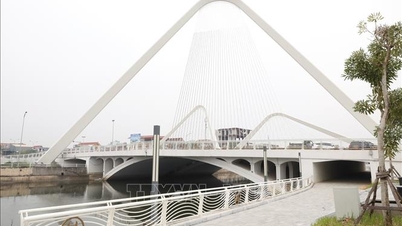
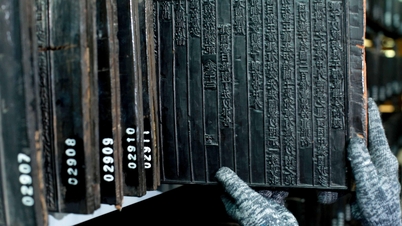








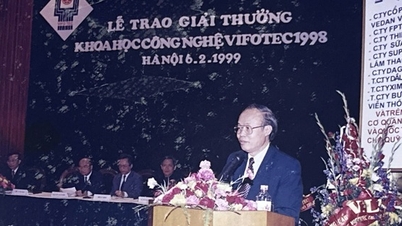

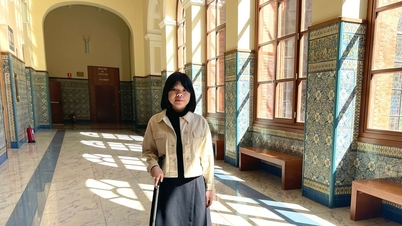



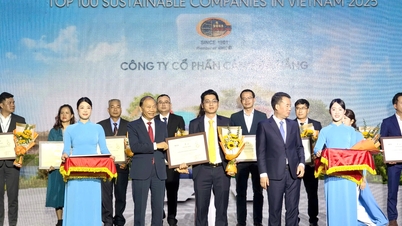


















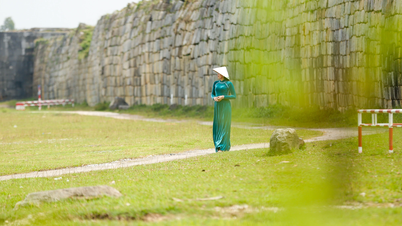
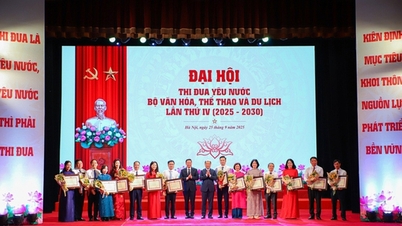



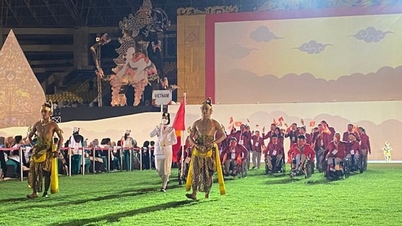
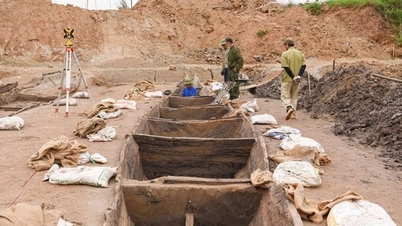








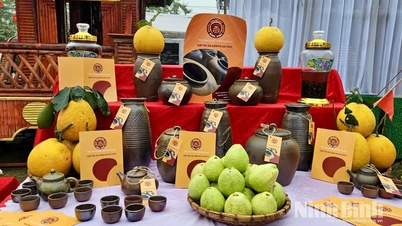



















Comment (0)